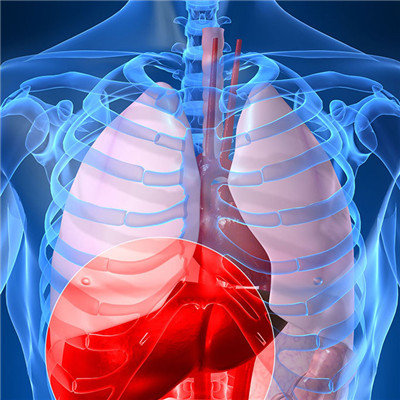Which diseases are similar to Parkinson's disease
summary
Parkinson's disease mainly occurs in the middle-aged and elderly people, which is characterized by slow onset, static tremor, muscle rigidity, slow movement, disappearance of postural reflex and gait stiffness. There are many diseases with similar symptoms, which are easily confused with each other and need to be differentiated. Which diseases are similar to Parkinson's disease? Let's have a look!
Which diseases are similar to Parkinson's disease
The first is drug-induced Parkinson's syndrome, which is mainly related to the use of drugs. Most patients take antipsychotic drugs (chlorpromazine, haloperidol, etc.) for a long time, and diuretics and antihypertensive drugs. The symptoms are bilateral and symmetrical. The myotonia is obvious, but the static tremor is not obvious. The symptoms generally recover within a few weeks to 6 months after drug withdrawal.

Second: Vascular Parkinson's syndrome, which is more common in patients with cerebral infarction, often with hypertension, arteriosclerosis and stroke pain history, mainly with myotonia, no static tremor, prone to contracture. There may be pyramidal tract damage or pseudobulbar paralysis such as crying and laughing. Generally, the effect of compound DOPA and anticholinergic drugs is not good.

Third: Parkinson's syndrome after encephalitis, patients with early onset age, have a history of central nervous system infection. The symptoms peak soon after onset, and then often stop developing. The symptoms of autonomic nervous system are more obvious, myotonia is more serious than tremor, and tremor is more common in limitations, often combined with hemiplegia, mental disorders, ophthalmoplegia, etc.

matters needing attention
Parkinson's disease is a sudden and slowly progressive degenerative disease of the central nervous system. It is characterized by slow and missing movement, muscle rigidity, static tremor and postural instability.










